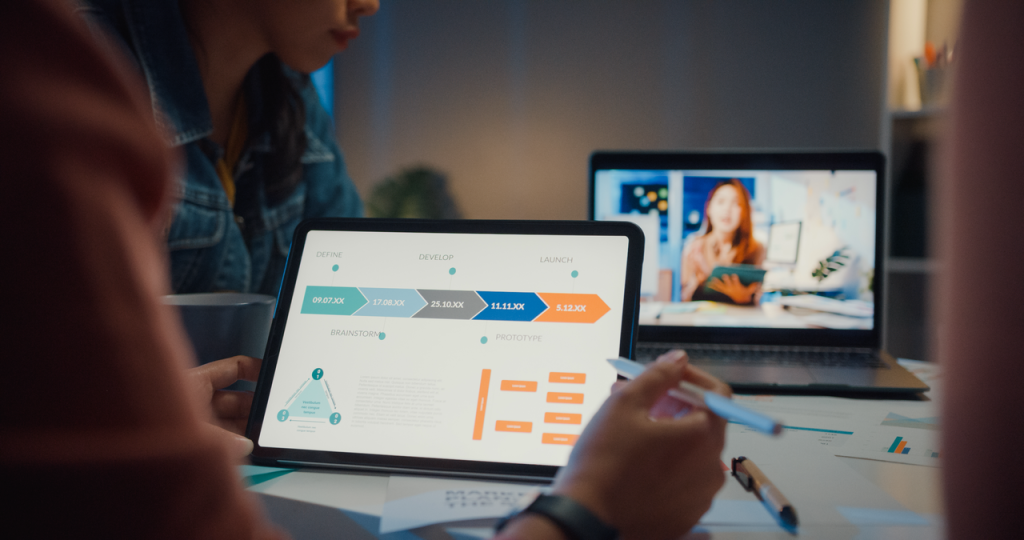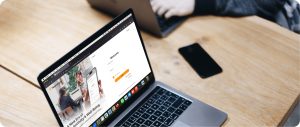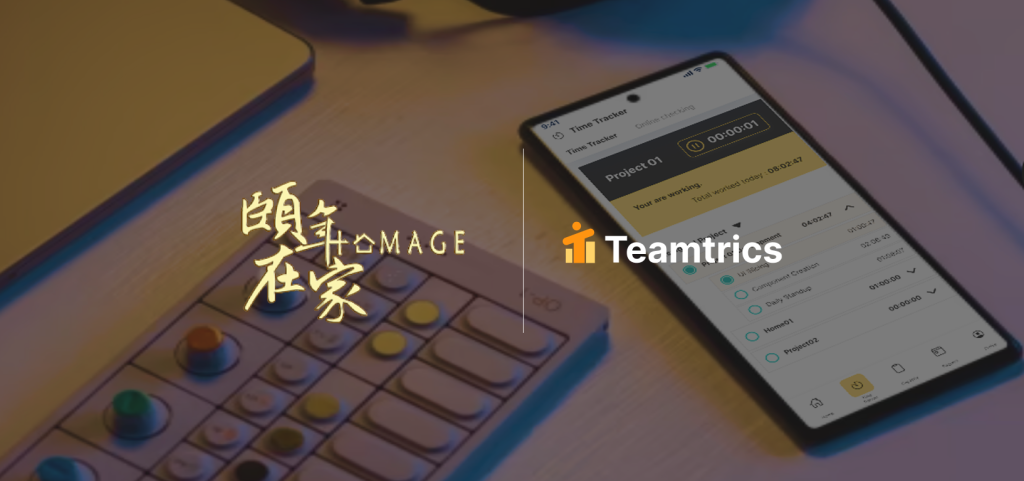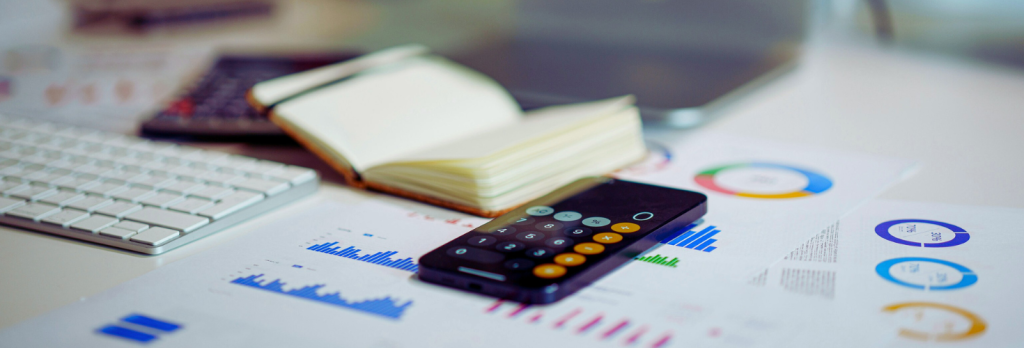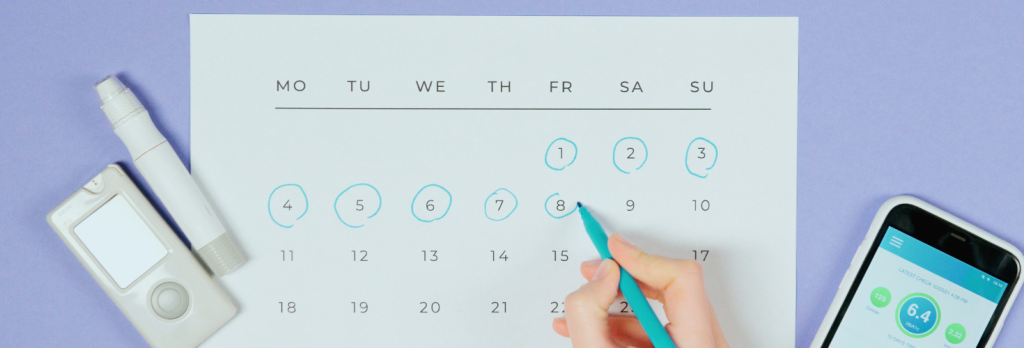Looking for alternatives to traditional remote employee productivity monitoring software? Discover how AI analytics tools like Teamtrics support remote work by prioritizing employee wellness and sustainable performance. This complete guide breaks down the difference between tracking and empowering productivity, explores key benefits, and shares best practices for securing and optimizing remote work using ethical, data-driven strategies. Perfect for teams using project management tools, CRM systems, or devops workflows in hybrid and WFA models.
Discover how modern companies can move beyond traditional remote employee productivity monitoring software. Instead of micromanagement, platforms like Teamtrics use AI analytics to align performance with wellness. Learn how to effectively measure productivity in remote and hybrid work models while respecting privacy, encouraging collaboration, and driving business results. Perfect for teams using project management software, CRM systems, and devops workflows.)
What Is Remote Employee Monitoring and Why It’s Outdated in 2025?
Remote employee monitoring traditionally involves tracking keystrokes, mouse movement, or screenshots to verify work. While it emerged from concerns about productivity during WFH transitions, such methods often create distrust and burnout. Today’s leading teams are shifting away from surveillance and toward holistic, insight-driven approaches that foster trust, transparency, and long-term performance.
Why Traditional Companies Still Monitor Employees Working From Home
Some businesses, especially in legacy industries, adopt monitoring tools to maintain control, assuming visibility equals accountability. However, studies show this often lowers morale. Instead, forward-thinking organizations leverage AI-powered platforms to understand productivity trends, surface potential bottlenecks, and enable proactive, positive intervention.
Why You Need Productivity Intelligence, Not Just Monitoring Tools
Instead of focusing on what employees are doing every minute, productivity intelligence analyzes output trends, capacity, engagement levels, and team alignment. Software like Teamtrics uses real-time data to help managers make informed decisions while respecting autonomy. It’s the future of managing flexible, hybrid, or WFA teams.
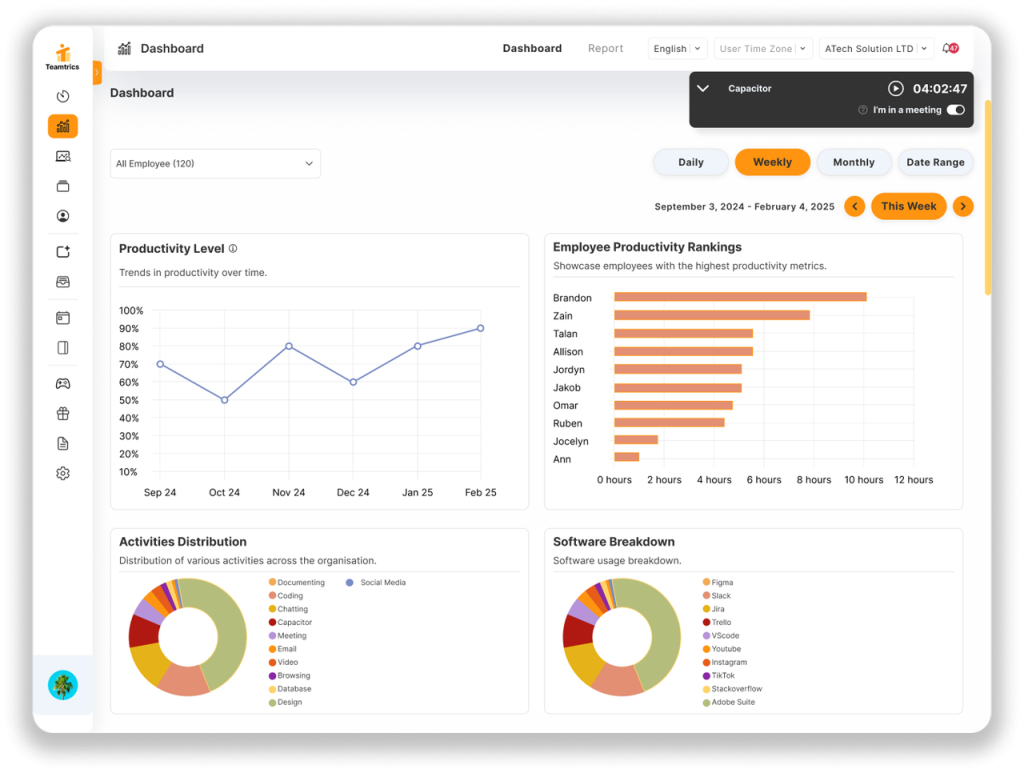
Tired of traditional monitoring? Discover how Teamtrics empowers remote teams today.
Who Uses Employee Productivity Analytics Platforms?
Modern HR leaders, devops managers, project leads, and team coaches use platforms like Teamtrics to ensure employee wellness, project momentum, and measurable outcomes. Whether for SaaS teams, marketing agencies, or IT/tech operations, these tools replace outdated micromanagement with data-backed coaching.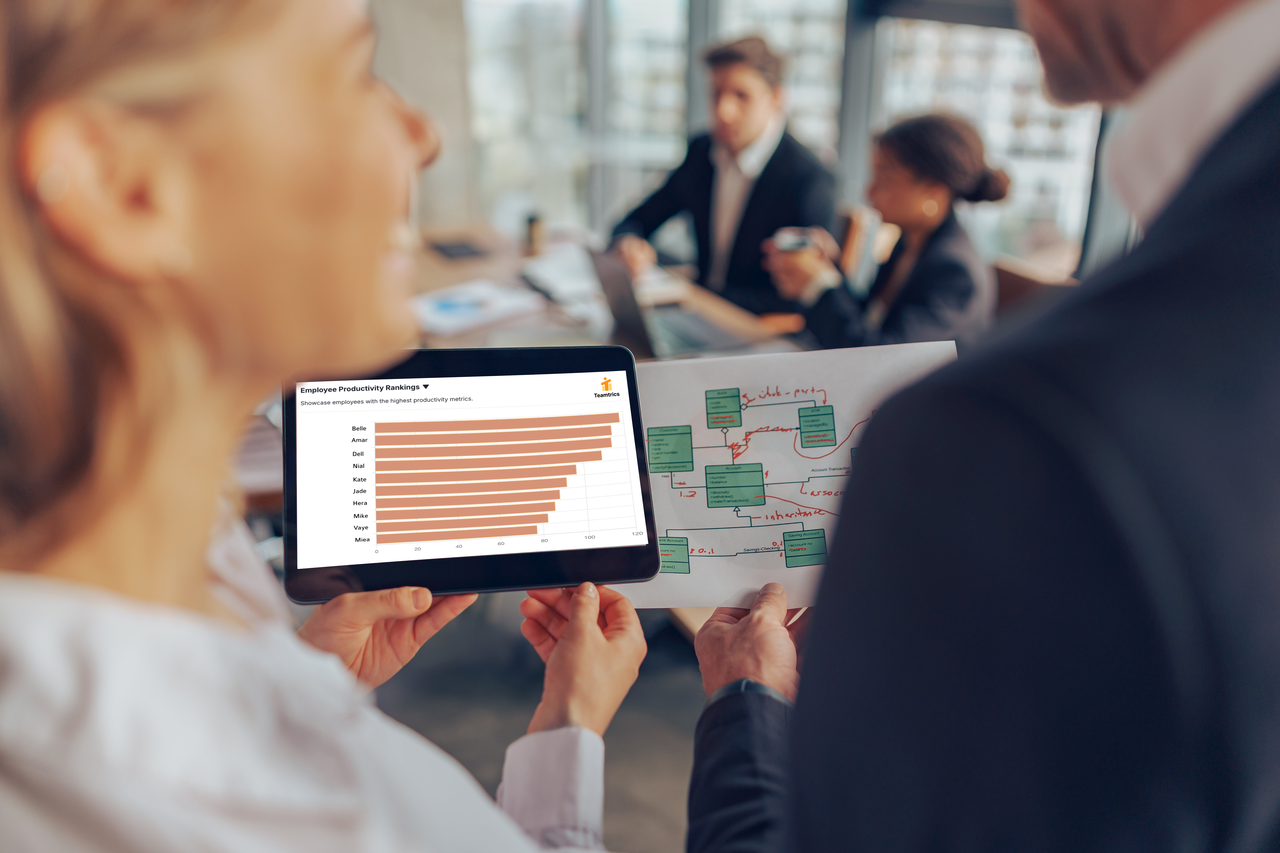
5 Benefits of AI-Powered Productivity Analysis for Remote Teams
Increased Engagement Through Gamification
AI analytics platforms can gamify achievements, rewarding positive behaviors that align with business goals. Teamtrics’ Custom Quests and wellness scores encourage ownership, leading to more self-motivated and happy teams.
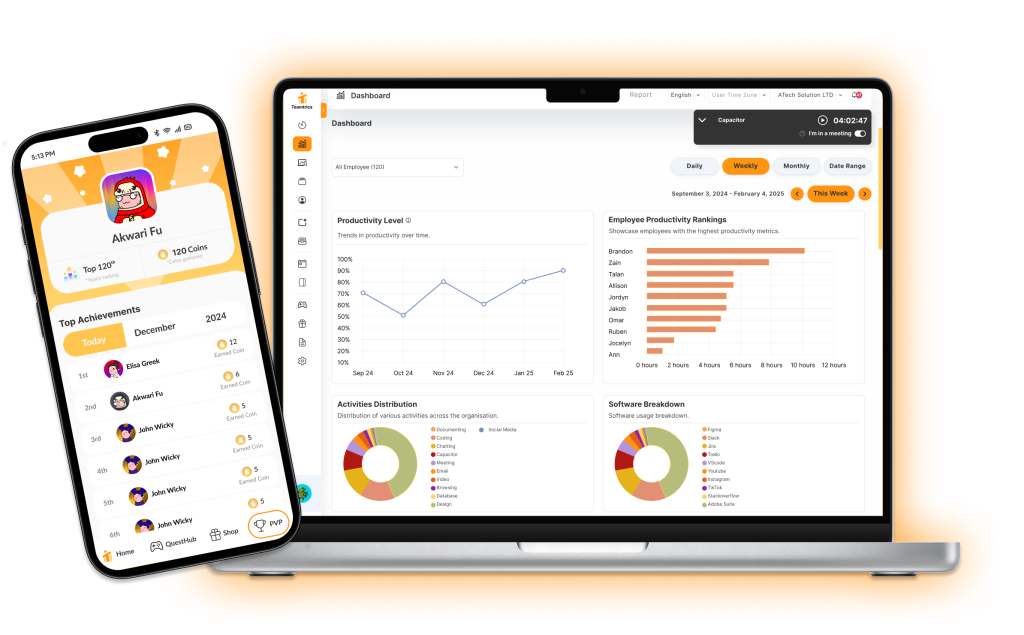
See Teamtrics in action: request a personalized demo and explore your team’s potential.
Real-Time Capacity Planning and Resource Management
Unlike traditional monitoring, AI tools help spot capacity overload or underuse early. Teamtrics provides visibility into workload balance, helping teams avoid burnout and improve sprint planning.
Behavior-Based Insights that Respect Privacy
Productivity data is contextual, not intrusive. AI analyzes workflow behaviors, not private activity. This approach, used by Teamtrics, builds trust while still providing the transparency managers need to make decisions.
How to Choose the Right Remote Productivity Platform
Look for platforms that offer a full suite: CRM integration, project management syncing, sprint tracking, capacity planning, and wellness tools. Prioritize ethical AI usage, transparency, and employee-centric features. Teamtrics is purpose-built for modern SaaS and hybrid teams looking to scale performance sustainably.
Best Practices for Monitoring Remote Work, Without Compromising Trust
Modern productivity tools should support, not surveil. Set clear expectations, use transparent metrics, and communicate regularly. Focus on outcomes and engagement instead of control. Teamtrics empowers this shift through customizable dashboards and capacity-driven feedback loops.
Conclusion
Remote productivity monitoring in 2025 should not be about surveillance but empowerment. Platforms like Teamtrics provide AI-powered analytics that replace outdated tracking with actionable insights. From gamified engagement to real-time capacity planning, this blog outlines how businesses can boost remote productivity while supporting wellness and trust. For teams managing complex workflows or using CRM/project tools, the right platform changes everything. Choose insight over oversight, and build a team that thrives.
FAQ
- What is the best way to measure productivity without monitoring remote employees directly?
Use AI analytics platforms that focus on output, engagement, and wellness indicators. Tools like Teamtrics provide real-time data on capacity and collaboration without breaching trust or privacy. This promotes a healthier and more productive remote work culture. Image alt text: Capacity insights graph showing balanced workload per team member - Can employee productivity tools work for creative or non-quantifiable roles?
Yes. Modern tools like Teamtrics allow for customized metrics that track goal completion, initiative, and peer recognition. These qualitative insights help managers support roles where traditional output measurement doesn’t apply.


